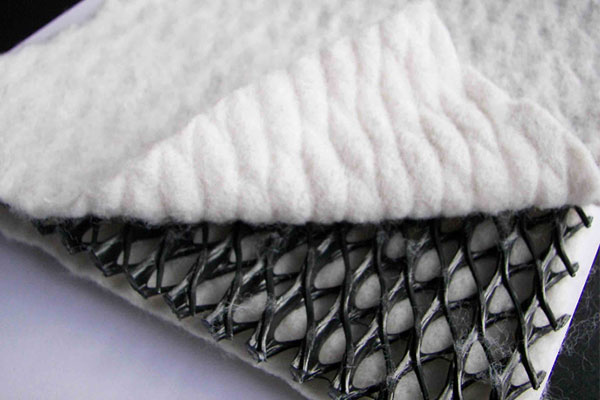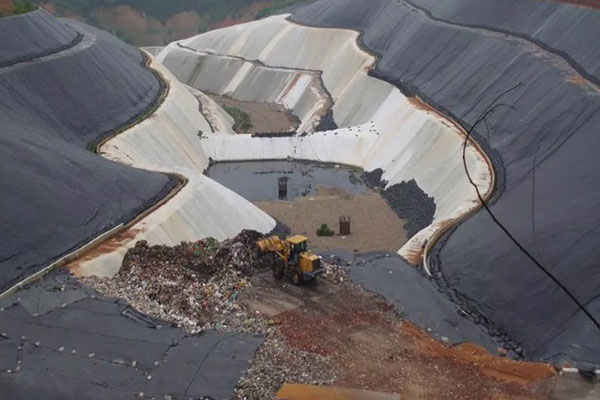How 3D Composite Drainage Net is Used in Landfill Projects?
In the realm of civil engineering and environmental management, innovative solutions are constantly sought to address the growing challenges associated with landfill projects. One such solution that has gained prominence in recent years is the use of 3D composite drainage net systems. These advanced geosynthetic materials are revolutionizing landfill design and construction, offering multiple benefits in terms of drainage, filtration, and erosion control.

The Significance of Landfill Projects
Landfills are an essential part of our modern waste management infrastructure. They serve as disposal sites for solid waste, helping keep our environment clean and safe. However, effective landfill management is crucial to minimize the environmental impact and ensure long-term sustainability. This includes controlling leachate, preventing soil erosion, and managing stormwater runoff, all of which can be achieved through the use of 3D composite drainage net systems.
What are 3D Composite Drainage Nets?
3D composite drainage nets, also known as geocomposite drainage systems, are engineered materials designed to facilitate the efficient removal of water and gases from the landfill, while simultaneously preventing the intrusion of fine particles. These nets consist of a three-dimensional structure that combines a core material with geotextiles or geogrids, ensuring both high hydraulic conductivity and filtration capabilities.
How 3D Composite Drainage Nets are Utilized in Landfill Projects

1. Leachate Management:
Leachate, the liquid that forms as rainwater passes through the waste materials in a landfill, can become highly toxic. 3D composite drainage nets are strategically placed within the landfill to collect and transport leachate to a collection point for proper disposal or treatment. This not only reduces the risk of groundwater contamination but also minimizes operational costs associated with leachate management.
2. Stormwater Control:
Landfills are subject to intense storm events, which can lead to erosion and surface water runoff. The 3D drainage nets manage stormwater by channeling it away from the landfill’s surface, reducing erosion and protecting the integrity of the landfill structure. This also helps prevent harmful pollutants from entering nearby water bodies.
3. Gas Venting:
Landfills generate methane and other gases as waste decomposes. 3D composite drainage nets can be used to facilitate the safe collection and venting of these gases. This not only mitigates odor issues but also reduces the risk of explosion, promoting safety within the landfill.
4. Soil Reinforcement:
The stability of landfill slopes can be improved with the incorporation of 3D composite drainage nets, which help reduce the risk of soil erosion and provide additional support to the landfill structure.
5. Vegetation Support:
Some landfill designs incorporate 3D composite drainage nets to support vegetation growth on the landfill surface. This not only improves aesthetics but also provides ecological benefits and helps control erosion.
Benefits of Using 3D Composite Drainage Nets in Landfills
- Environmental Protection: These systems help protect the environment by preventing contamination of groundwater and surface water, reducing air pollution, and enhancing the overall sustainability of landfill operations.
- Cost Savings: Properly designed and installed 3D composite drainage nets can lead to significant cost savings by reducing leachate management expenses, preventing erosion damage, and optimizing gas collection.
- Regulatory Compliance: Using these drainage nets ensures that landfills meet regulatory requirements for environmental protection, which is crucial for obtaining permits and maintaining operations.
Conclusion
The integration of 3D composite drainage net systems in landfill projects has revolutionized the way we manage waste and protect the environment. By efficiently controlling leachate, stormwater, and gases, these advanced materials play a crucial role in enhancing the sustainability and safety of landfill operations. As the demand for eco-friendly waste management solutions grows, 3D composite drainage nets are likely to become even more prevalent in landfill design and construction, ensuring a cleaner and greener future for our planet.
